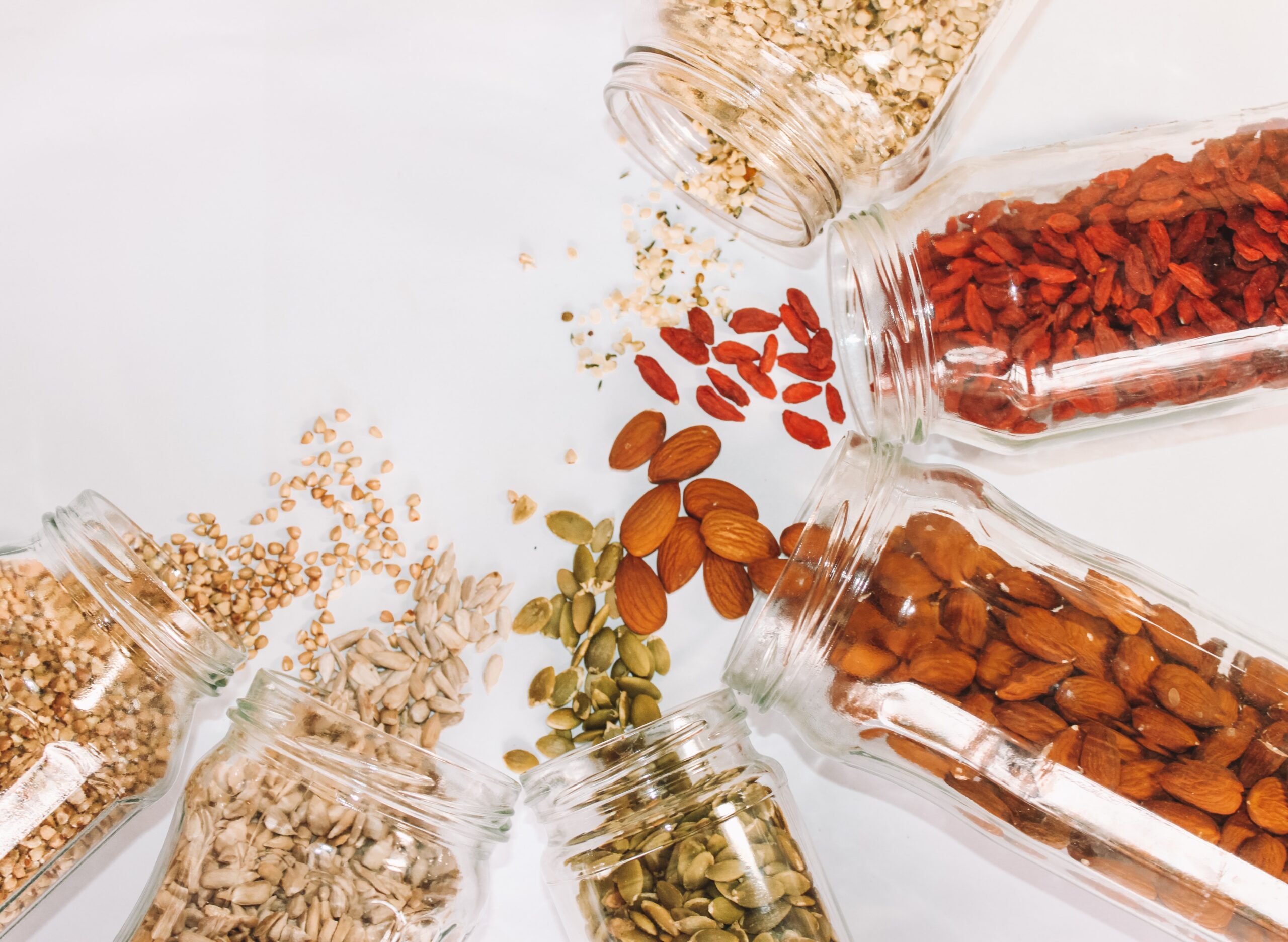Herbs and spices often get overlooked in the kitchen, but they’re some of the best foods for your health. Antioxidants protect your cells from damage caused by free radicals, which may lead to chronic health problems such as cancer, type 2 diabetes, or Alzheimer’s disease.
Herbs and Spices
Herbs and spices can be used in many forms, including fresh or dried and whole, chopped, or ground. They may also be added at the beginning of a recipe for more flavor, or used whole and then removed after cooking (such as bay leaves). Herbs and spices are very easy to grow in your garden, but they can also be purchased freshly in spring and summer or in the dried form all year long.
Detoxifying Benefits
Herbs and spices are a great way to add flavor to any dish while also providing health benefits. All of the herbs and spices listed above are high in antioxidants, which offer protection for your cells against free radicals. Free radicals are dangerous chemicals produced naturally in the body and through exposure to environmental toxins that can damage cells and contribute to disease. These herbs and spices are also high in many essential vitamins, minerals, fiber, potassium, magnesium, zinc, iron, manganese, B vitamins, antioxidants, and calcium. They also have been shown to help improve cognitive function and mood, reduce inflammation, and promote digestive health.
Top 10 Seasonings To Try
Here are the top 10 antioxidant-rich herbs and spices:
1. Cilantro
Cilantro is related to parsley, but has a bolder flavor and may be used both fresh or dried in cooking, as well as an herb for garnish. When shopping for herbs, choose herbs that are not wilted and without soft spots, molding, or discoloration of the leaves. Cilantro is rich in antioxidants, fiber, and iron. It also contains chlorogenic acid, which may help lower the risk of type 2 diabetes and has been shown to stop breast cancer cell growth.
2. Cinnamon
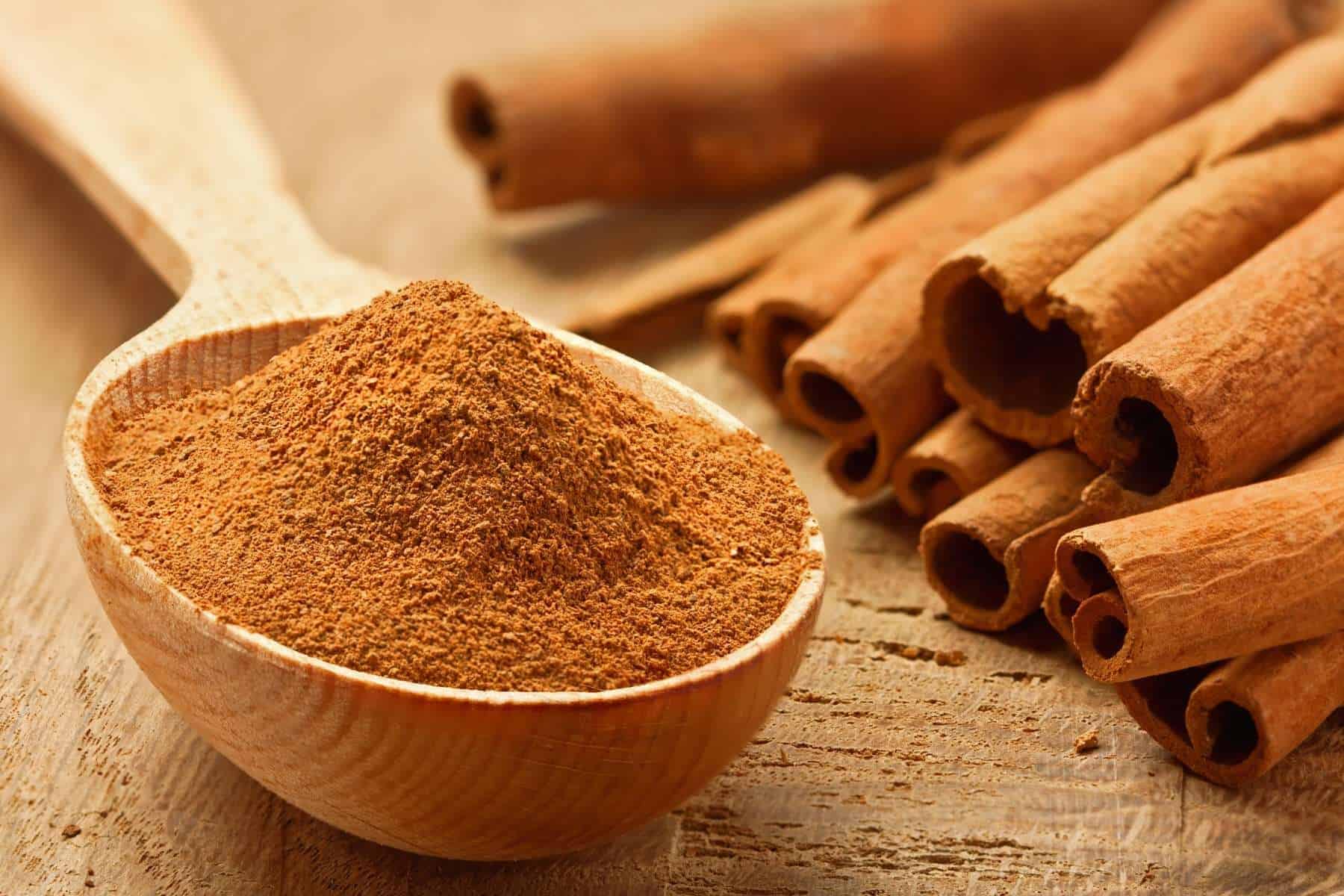
Cinnamon is one of the most popular herbs in cooking from all over the world – from India to Mexico to Europe. There are two main types of cinnamon: Ceylon and Cassia. Ceylon is light brown in color, has a sweeter flavor, and has more antioxidants than Cassia. Cassia is darker in color, stronger in flavor, and contains coumarin, which should be avoided or used sparingly for those with liver problems. Cinnamon is high in antioxidants, fiber, manganese, and calcium. It has been shown to help improve blood sugar control, lower bad cholesterol levels, and fight bacteria and fungus.
3. Mint
Mint is a refreshing herb that can be used fresh or dried in many dishes. It has a sweet, cool flavor that can be used alone or with herbs such as oregano, basil, parsley, and cilantro. Or blend it with fruits for desserts or drinks.
Mint is high in antioxidants, vitamin A, iron, manganese, and calcium. It also contains the antioxidant rosmarinic acid, which has been shown to have anti-inflammatory properties.
4. Basil
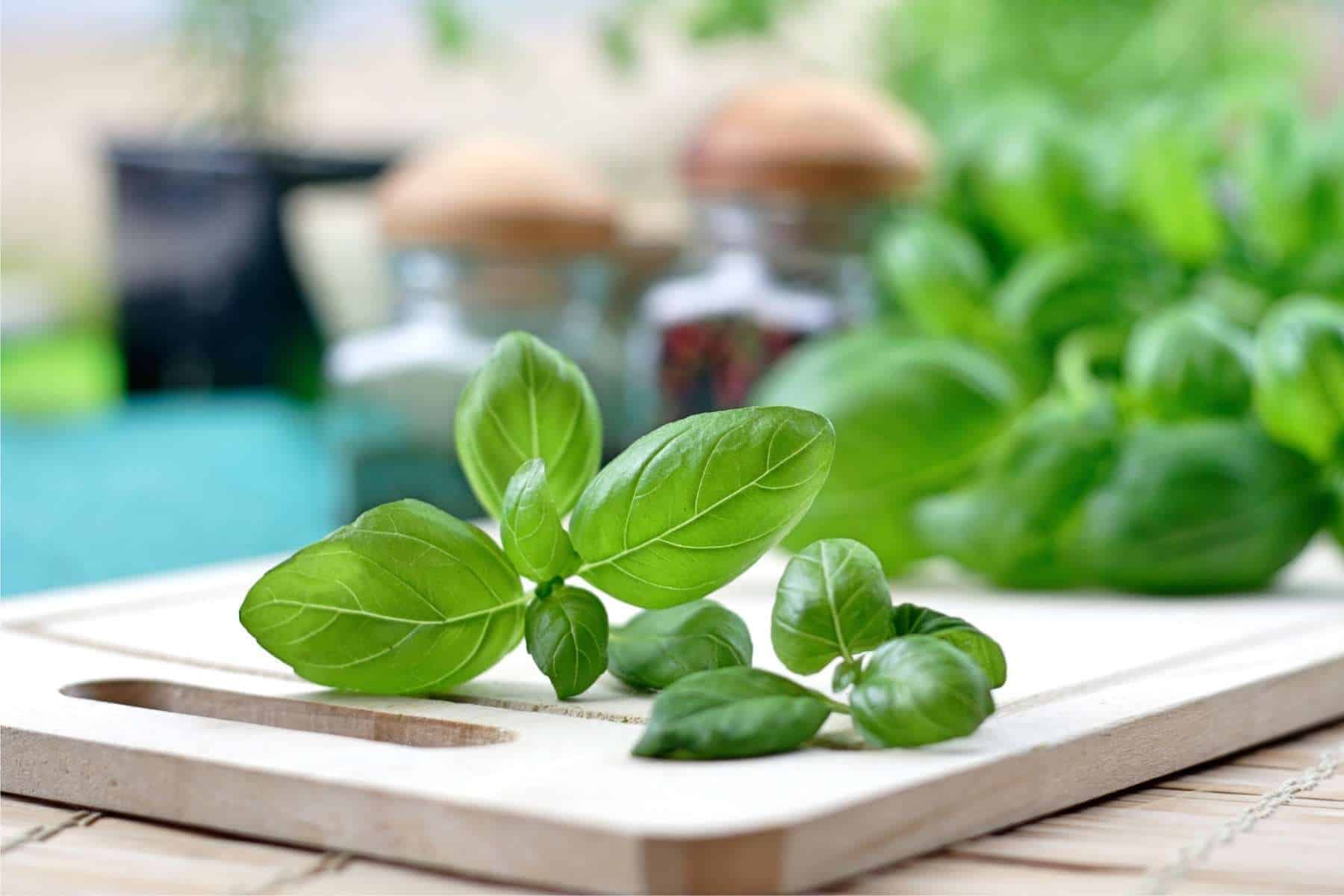
Basil is a popular herb used in many Italian dishes, but it is also great for use with other herbs in soups, salads, veggie dishes, pesto, and salsa verde. It has an aromatic anise or licorice flavor that goes well with tomatoes, peppers, garlic, and onions.
Basil is high in antioxidants, fiber, calcium, and vitamin A. It has been shown to reduce blood sugar levels and help with memory and concentration.
5. Ginger
Ginger is a versatile herb that pairs well with any herbs or spices – from coriander to cayenne pepper. Use it fresh, dried, or ground in many dishes. It has a warm, spicy flavor and is great for adding to Asian-inspired dishes or Indian curries.
Ginger is high in antioxidants, fiber, magnesium, and potassium. It has been shown to help reduce nausea and vomiting, improve digestion, and help with arthritis pain.
6. Saffron
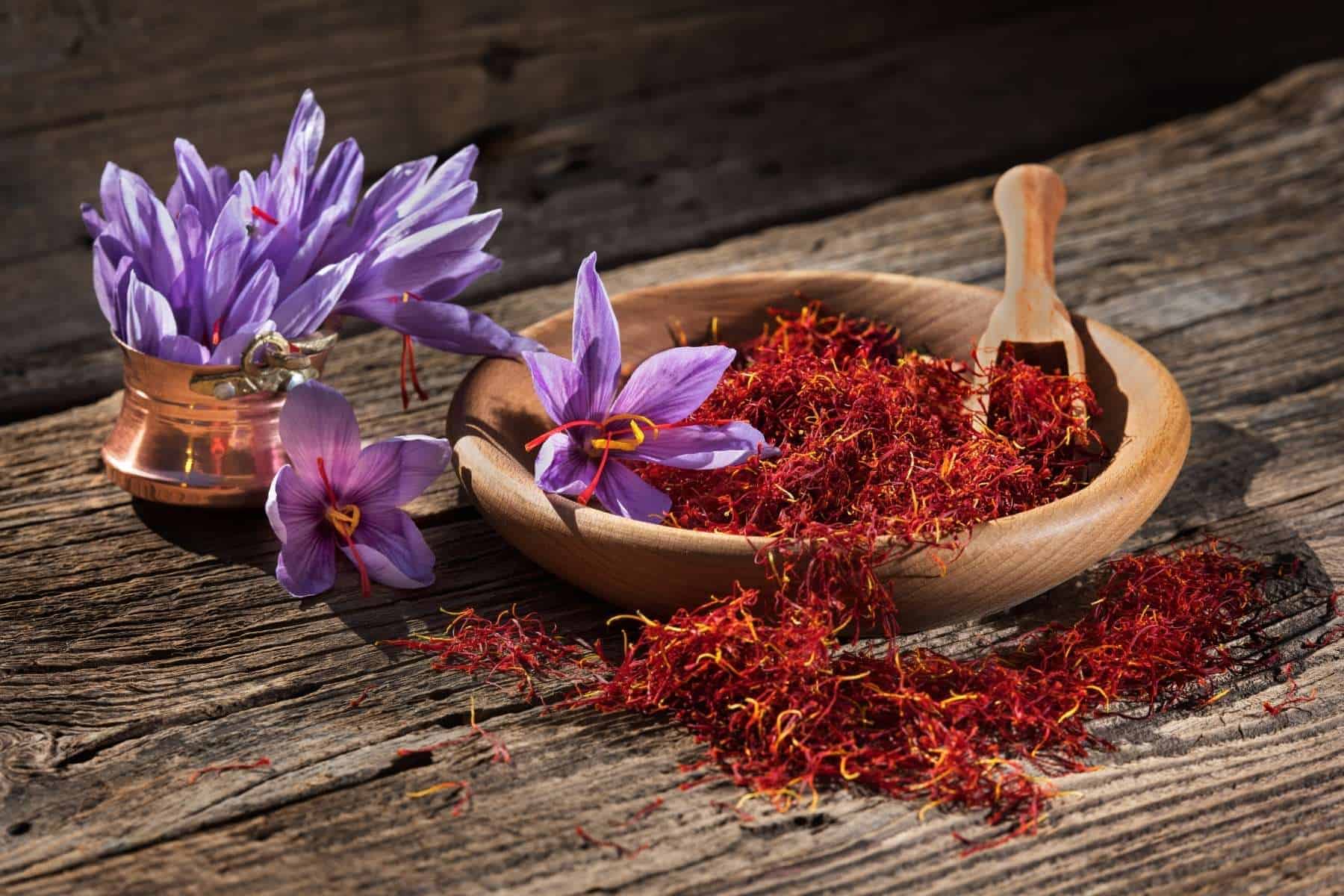
Saffron is a high-priced spice made from the saffron crocus flower. It has a delicate, earthy flavor and is used in many dishes around the world. Saffron is high in antioxidants, potassium, and zinc. It has been shown to help improve mood, reduce anxiety and depression symptoms, and fight cancer.
7. Matcha
Matcha is a powdered green tea that is high in antioxidants. It has a sweet, grassy flavor and can be used in many dishes – from smoothies to baked goods. Matcha is high in antioxidants, fiber, manganese , and chlorophyll. It has been shown to improve mental clarity, increase energy levels, and help with weight loss.
8. Rosemary
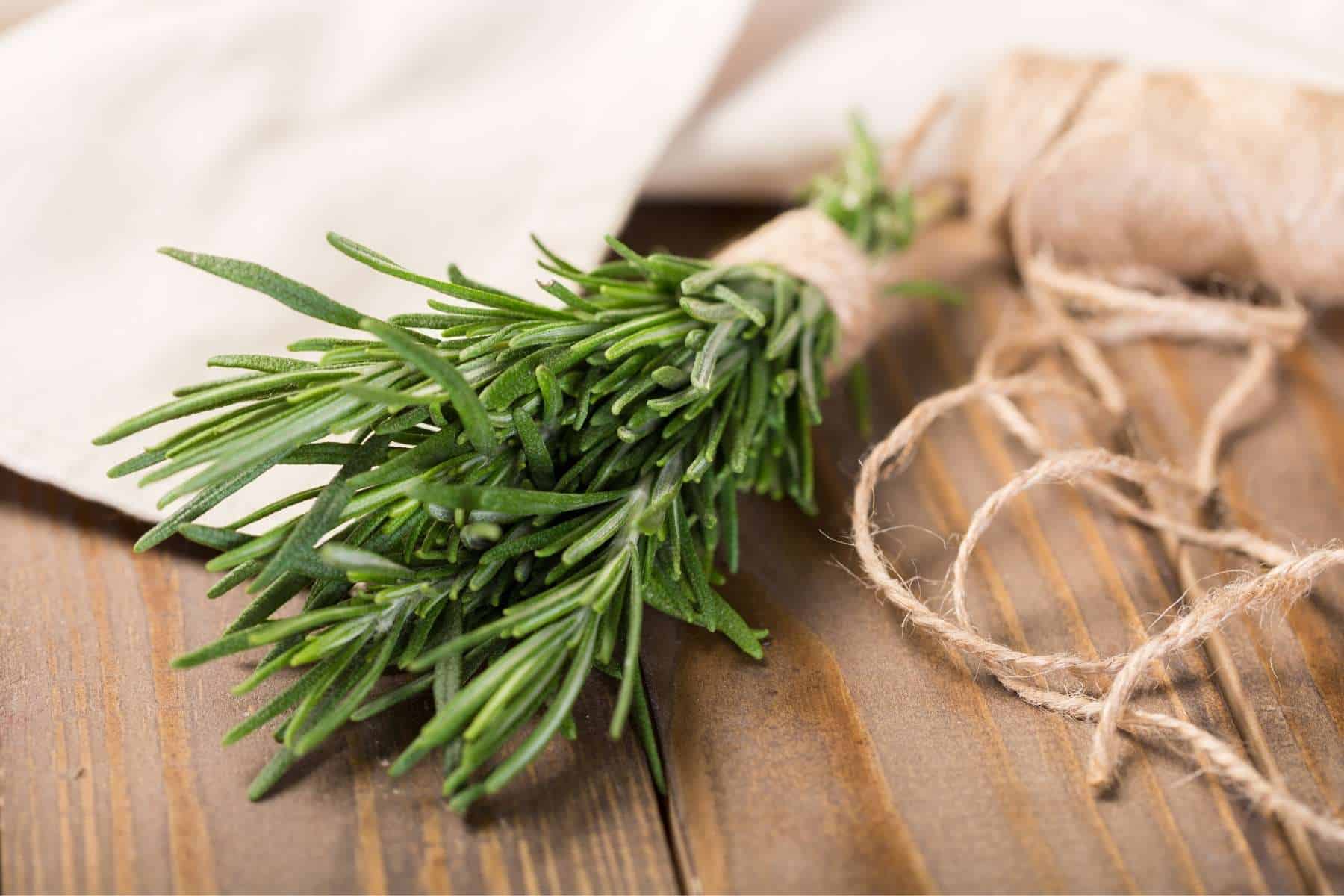
Rosemary is a fragrant herb with a piney flavor that can be used in many dishes. It pairs well with herbs such as thyme, oregano, and sage, as well as garlic and onions. Rosemary is high in antioxidants, fiber, calcium, and vitamin B6. It has been shown to help improve memory, reduce inflammation, and prevent cognitive decline.
9. Turmeric
Turmeric is a bright yellow spice that is often used in Indian and South East Asian cuisine. It has a warm, earthy flavor and pairs well with herbs such as ginger, cumin, and coriander. Turmeric is high in antioxidants, fiber, zinc, and iron. It has been shown to help improve digestion, reduce inflammation, and boost cognitive function.
10. Chili powder
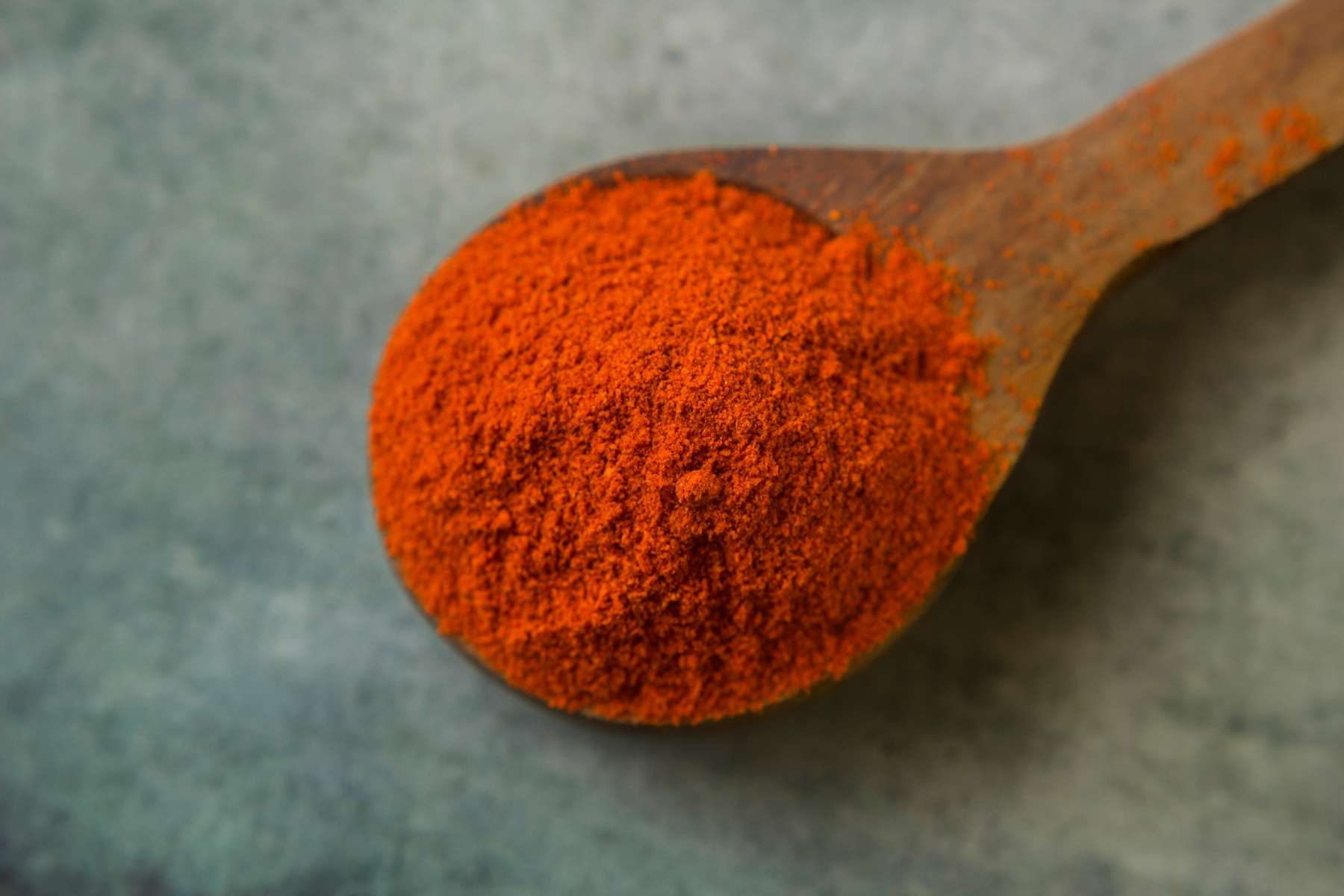
Chili powder is a blend of ground chili peppers with other herbs and spices. It has a spicy flavor that can be used in many dishes. Chili powder is high in antioxidants, vitamin A, and vitamin C. It has been shown to help improve heart health, boost cognitive function, and reduce inflammation.
How to Add Herbs and Spices to Your Plate
Adding herbs and spices to your food is a great way to get the health benefits they offer. You can use them fresh, dried, or ground in many dishes. Here are some tips for adding herbs and spices to your plate:
- Use fresh herbs in salads, soups, sandwiches, and other dishes.
- Dried herbs are great for adding to marinades, stocks, and tomato sauce.
- Add herbs while cooking or at the end of cooking for a brighter flavor.
- Try using herbs in lieu of salt to add extra flavor without the sodium. Salt is high in sodium, which can cause health issues when you consume too much. Herbs are a great way to add flavor without adding extra sodium.
- Experiment with different herbs and spices to find flavors you like. Add herbs and spices to your favorite recipes for a new twist.
As you can see, there are many herbs and spices that have antioxidants. Eating these in your food or adding them to recipes is a great way to get the antioxidant benefits they provide for us. What are some of your favorite dishes with fresh herbs? Share below!
References:
- Yanishlieva, Nedyalka V., Emma Marinova, and Jan Pokorný. “Natural antioxidants from herbs and spices.” European Journal of lipid science and Technology 108.9 (2006): 776-793.
- Hinneburg, Iris, HJ Damien Dorman, and Raimo Hiltunen. “Antioxidant activities of extracts from selected culinary herbs and spices.” Food chemistry 97.1 (2006): 122-129.
- Nakatani, Nobuji. “Phenolic antioxidants from herbs and spices.” Biofactors 13.1-4 (2000): 141-146.




